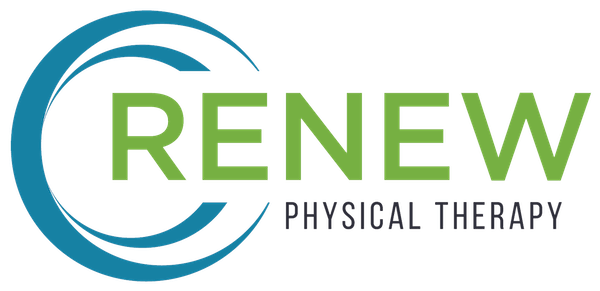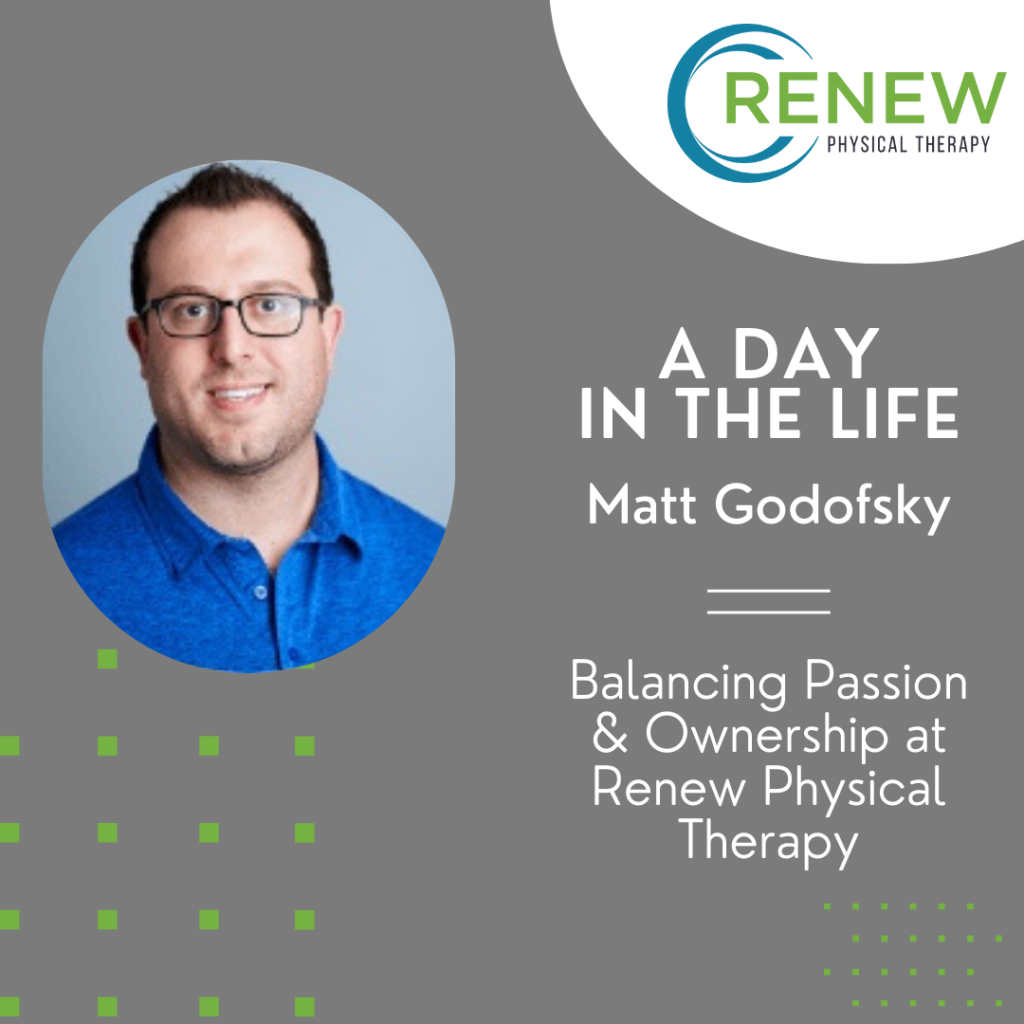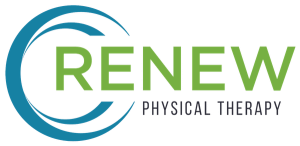According to new fitness guidelines released by the U.S. Department of Health & Human Services in late 2018, 80 percent of U.S. adults and kids aren’t getting all the exercise they need for optimal health.
It goes without saying then, says Seattle physical therapist Erik Norwood, that people of all ages need to put more of a premium on making movement and exercise a critical part of their daily routines.
“As a country, it’s generally understood that people need to exercise more. But, 80 percent is a big number,” said Norwood, owner of Renew Physical Therapy in Seattle. “It’s an uphill battle, for sure, but we’re seeing a bit of a culture shift where people are starting to realize what we’ve been preaching for years: that movement really is good medicine, and that staying active is as vital to us as eating, sleeping and breathing.”
The new guidelines, released in November of 2018 and titled “Physical Activity Guidelines for Americans, 2nd Edition,” outline exercise guidelines for all ages, from the needs of preschool children (3 to 5 years) to older adults. It also outlines fitness guidelines for new and expecting moms, as well and adults with chronic conditions and disabilities.
Read “Physical Activity Guidelines for Americans, 2nd Edition” document at http://bit.ly/fitness_guidelines.
The new guidelines, based on age, are as follows:
- Preschool children (ages 3 to 5) should be encouraged to remain active throughout the day, which will help enhance growth and development.
- Children and adolescents (ages 6 to 17) should do 60 minutes or more of moderate-to-vigorous physical activity daily involving aerobic, muscle-strengthening and bone-strengthening exercises.
- Adults should aim for 150 to 300 minutes of moderate-intensity aerobic exercise, or 75 to 150 minutes of high-intensity aerobic exercise, each week. They should also do muscle-building exercises twice each week.
- Older adults should add balance training to their aerobic and muscle-training routines while still shooting for the same guidelines they had as younger adults, depending on their fitness levels and potential chronic conditions.
“When we say exercise is medicine, we really mean it,” Norwood said. “Exercise can make it possible for a person to feel, function and sleep better; it fosters normal growth and development in children; and it can even reduce the risk of many chronic diseases and conditions like heart disease, cancer, stroke, obesity, and even chronic pain.”
According to Norwood, if one has an injury, movement deficiency, weakness or pain which is holding them back from achieving the fitness guidelines, they should visit a physical therapist for a complete assessment. Physical therapists, like those on the Renew Physical Therapy team, can help one establish a fitness regimen that takes individual limitations and goals into account, ensuring one finds an optimal path toward a healthier future.


